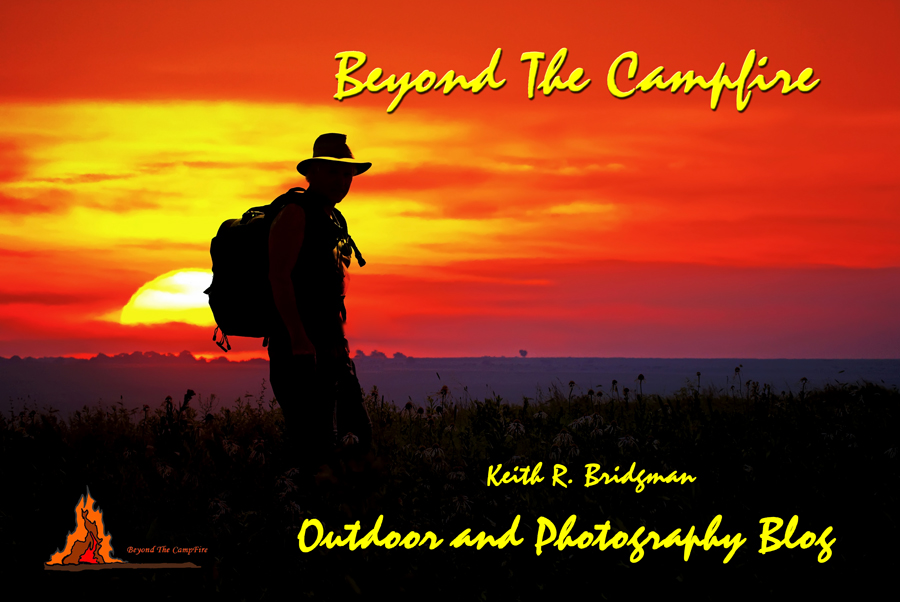The prairie by its nature is relatively flat and rolls across the landscape in undulating patterns that create, under the right conditions, shadows and textures...but those shadows and textures are for the most part isolated low to the ground and tend to blend with each other. What one experiences visually while standing on a high knoll during first light is far from what is easily captured in a photograph. Visually we can detect the subtle variations in the landscape and can feel the bigness of the sky as it arches above us. A photograph can only capture a pseudo likeness of what is there.
One technique that I use to capture the essence of the prairie is to use the vertical to accent the horizontal. What I mean by this is that by isolating something against the sky vertically, you enhance what is trapped below the horizontal line. There are numerous ways to do this...one of the most common is to use clouds...especially those white fluffy summer clouds.
Clouds add depth to a flat sky...they also cast shadows across the landscape and add interest to what might otherwise be a bland composition. Combine this with breaking the horizontal line with something vertical in the foreground composition and not only do you bring depth, but you bring life to the image.
The idea of using the vertical to accent the horizontal works in all kinds of situations...not just big sky open prairies. Whenever you have a wide field of view by adding something on the horizon to break it up, you are taking advantage of the accent flavor.
Turning you camera to a vertical orientation is another way to use this technique. Knowing when to use a vertical orientation vs horizontal is a matter of personal taste really, but some subjects tend to work more effectively as a photograph in the vertical. The idea in most cases is to isolate the subject against the sky or some other background.
One note...the horizon doesn't always have to be...the horizon. Take the prairie for instance...being characterized by a rolling landscape you can use those rolls to you advantage by isolating your subject against a background with careful selection of angle and composition...much like the image at the top of the page. Your horizon in essence becomes one of the rolls.
Using the vertical to accent the horizontal may seem like an ordinary approach to photography...even so, by making a conscious effort to visualize how the vertical can enhance a horizontal landscape...you will add another level of learning to your ability to see photographically.
Keith






